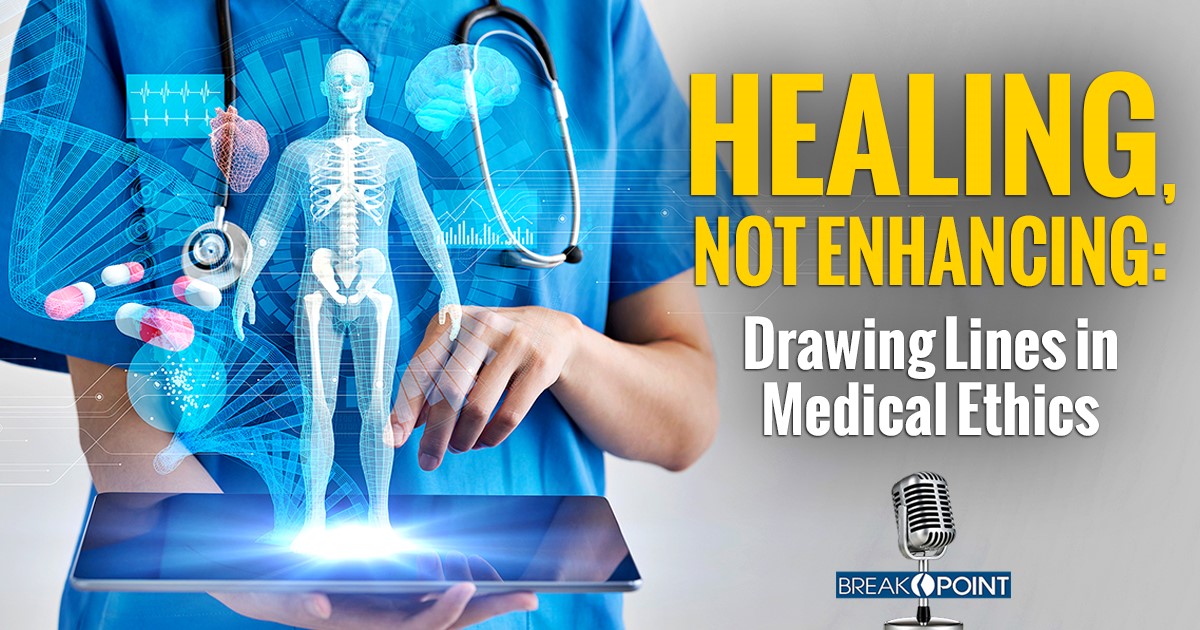


In the 1976 made-for-television movie, “The Boy in the Plastic Bubble,” a then-unknown John Travolta introduced Americans to a condition technically called “X-linked severe combined immunodeficiency.” Or, as people have called it since the movie, “bubble boy disease.”
Children with “bubble boy disease” can’t fight off infections that the rest of us can, because their immune system doesn’t work properly. Like Travolta’s character, many who suffer from the condition live in sealed, sterile enclosures that protect them from being exposed to the infections that could kill them.
In the movie, Travolta’s character somehow develops enough immunity to risk leaving the plastic bubble in search of true love, but many of his real-world counterparts aren’t so fortunate. At least they weren’t.
A recent article in the New England Journal of Medicine announced that doctors might have found a cure for “bubble boy disease.” Doctors at St. Jude’s Children’s Research Hospital in Memphis used an “inactivated form of HIV to introduce genetic changes into the patient’s bone marrow cells. These changes fix the bone marrow so it starts doing its job, pumping out all three types of immune cells.”
Seven infants with the condition, which is caused by a genetic defect, were treated between 2016 and 2018. Six of them were able to leave the hospital within four weeks and the seventh is apparently on the way to joining them.
For parents of the estimated thirty to forty children born with the condition every year, what happened in Memphis is nothing less than miraculous. Children who were virtually certain to die, sometimes by the age of two, now have a chance at life.
The same week the results at St. Jude’s were announced, we learned that Israeli scientists had succeeded in manufacturing a 3D printed heart made from human cells.
While it doesn’t beat and is the size of a rabbit’s heart, it’s a potential first step in what was previously the stuff of science fiction: printing human organs for use in transplants. Every day, 22 people in the U.S. alone die while awaiting an organ transplant. Being able to manufacture them from human cells instead of just waiting for other people to die would save thousands, if not more, lives.
In addition to giving hope to people suffering from life-threatening illnesses, these stories offer a chance for us to discuss the right and wrong uses of biotechnology.
Several times over the last few years, I’ve talked on BreakPoint about the pitfalls of technologies like CRISPR, the gene-editing technology used by a Chinese scientist to genetically-modify two embryos last year. I called the criticism of this scientist “faux outrage,” not because I approved of what he did, but because his critics, including those who invented CRISPR, knew this would happen and still did nothing to prevent it.
So how do we know which of advances in biotechnology is moral, and which is not? Where can we begin to draw a moral line?
Here’s a suggestion: We have to distinguish between healing and enhancing.
What happened in Memphis is definitely healing. The goal was to keep these infants from dying. Similarly, attempts to manufacture organs for transplant seems rooted in a desire to heal, though one could easily imagine a scenario in the near future in which printed parts out-perform those we’re born with. What then? Should we allow humans to upgrade?
The use of human creativity and ingenuity to heal keeps with our status as co-creators with God. Obviously, the difference between our creative powers and God’s is literally infinite. But, part of being created in God’s image is the ability to use our creativity to care for creation including ourselves.
In contrast, using biotechnology to enhance humans, or even to create super humans, is an attempt to usurp God-as-creator. We seek to create ourselves in our own image instead of conforming to God’s intentions for us.
So far, what happened in Memphis and Israel didn’t cross that line between healing and enhancement. But as fast as technology advances these days, we can never stop asking the question.
Have a Follow-up Question?
Related Content

© Copyright 2020, All Rights Reserved.














